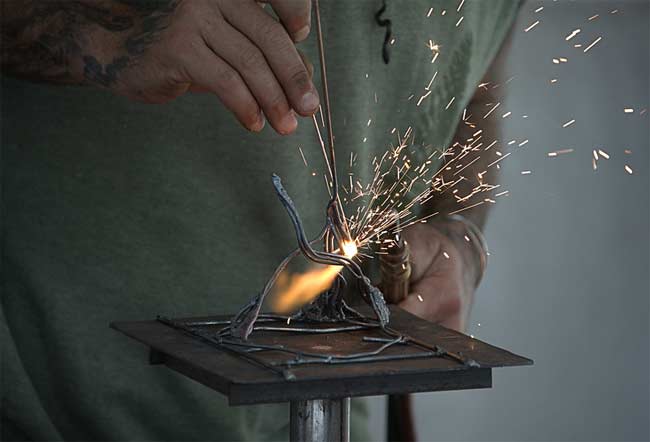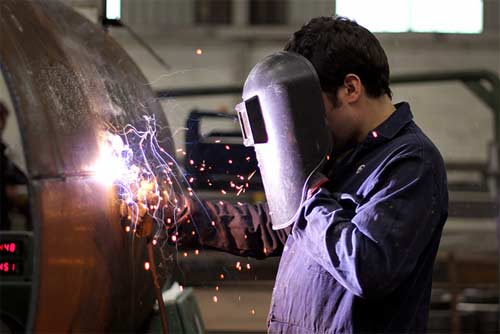What is the Difference Between Welding and Fabrication?

Welding and fabrication are processes that are very important in several industries. The origin of these processes dates back to the Iron Age. These processes have been one of the greatest inventions in history. They have helped us in making better tools for hunting and stronger armors for protecting ourselves. These important processes started in the Egyptian era where the Egyptians used this welding to join iron pieces to make iron boxes.
Things about Welding and Fabrication

The simple definition of welding is, it involves joining metal pieces together. Welding can also include glass and thermoplastics but, for the most part, people associate welding with metals. Welders merge metals as part of the fabrication process. The term fabrication refers to the larger group of tasks involved in making metal products. It includes the whole manufacturing process from designing products to their final finish. Fabricators are responsible for taking product concepts and utilizing any number of complex procedures to turn a vision into a metallic reality. One of those highly skilled procedures is welding. Visit here https://designstainless.ca/.
Many metal fabricators are also trained and competent welders. Many welders also act as fabricators. Their role interchange depends on the facility they work in and the specific job they’re working on. For instance, you might be employed primarily as a welder but also take on the tasks of cutting, bending, shaping, and finishing your project. Otherwise, your primary role is a metal fabricator, and you do some welding as part of getting the job done.
As we know well, welding is an ancient art which is prevailing since the Bronze Age. It is the process used to join materials, usually metals or thermoplastics by melting the work pieces. The molten material is then allowed to cool and become a strong joint, with pressure sometimes used in conjunction with heat to produce the weld. Welding produces a secure, strong joint that cannot be compared with other methods. In today’s world, welding engineering has become an arising need in the job market. Here engineers pass plans and projects to mid-managements personnel who are supposed to carry out the planning, organization, and delivery of manufacturing projects.
Considerations in welding and fabrication
Welding Fabrication engineers make, join and repair metal parts for machinery and equipment such as motor bodies, trailer units, containers, truck frames, and bridges. The fabricator is the one who employs or contracts out steel detailers to prepare shop drawings, which the fabricating shop will use for manufacturing. Manufacturing engineers will program CNC machines as needed. Welding is considered to be the main focus of steel fabrication. Initially, the formed and machine parts will be assembled and tack welded into place, then rechecked for accuracy. In case if multiple weldments have been ordered, a fixture might be used to locate parts for welding. Special precautions might be needed to prevent warping of the weldment due to heat. This includes re-designing the weldment to use less weld, welding in a staggered fashion, covering the weldment in sand during cooling. Using a stout fixture and straightening operations after welding.
